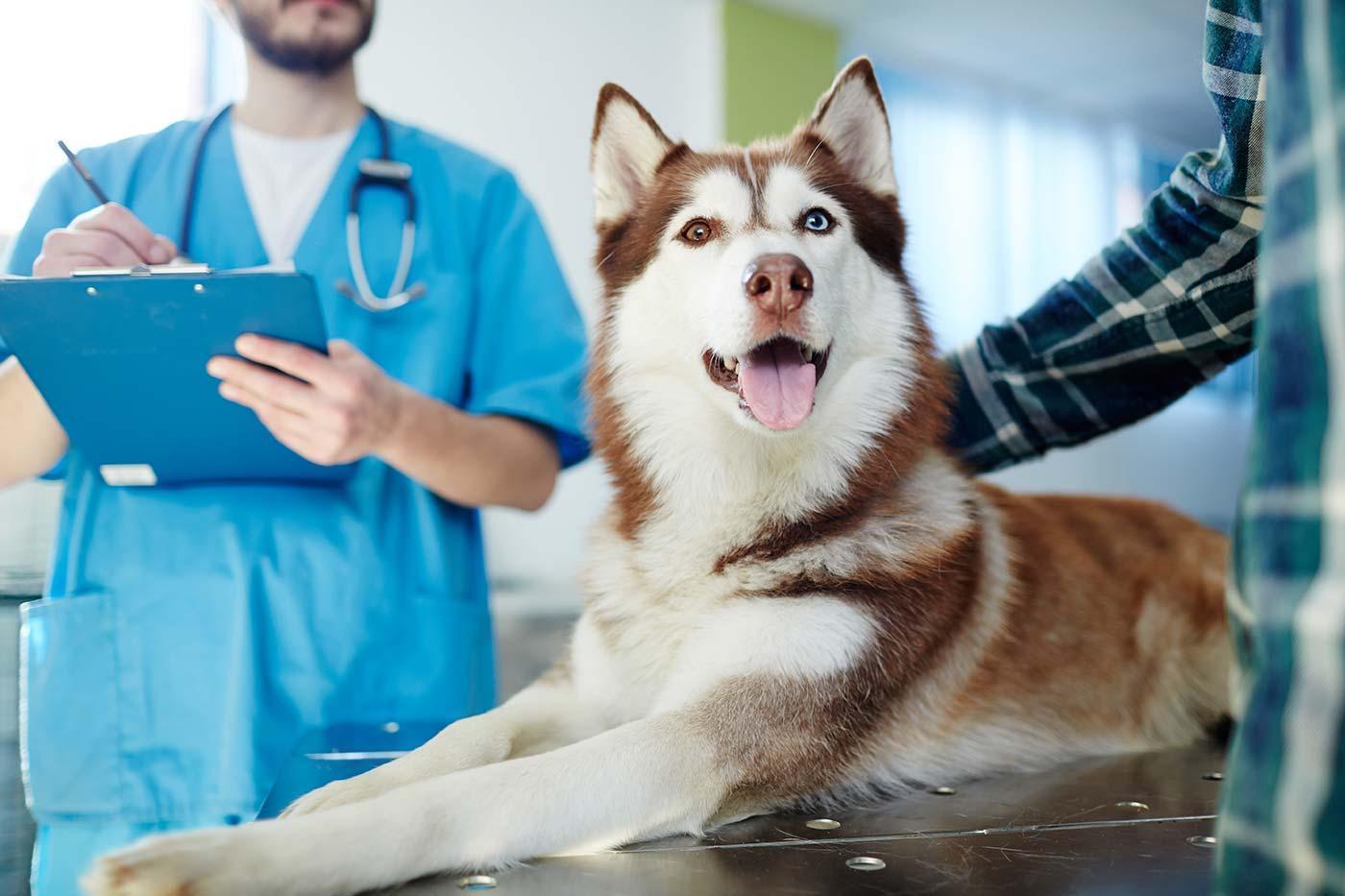Owning a pet can expensive. According to the American Pet Products Association, Americans spent more than $12 billion on vet care in 2009.
But some breeds can rack up more vet bills than others. In October, pet insurer Trupanion, which bills itself as the fastest-growing North American pet insurer, released a list of the top five most expensive dog and cat breeds to cover, based on insurance claims.

The most expensive cat breeds were:
- Siamese
- Bengal
- Himalayan
- Maine Coon
- Ragdoll
The most expensive dog breeds were:
- English Bulldog
- Bernese Mountain Dog
- Rottweiler
- Great Dane
- French Bulldog
Trupanion conducted its analysis by tallying customer claims per breed. The company broke down the percentages based on illness and accidents. For instance, 77 percent of claims for Siamese cats related to illnesses, while 23 percent of the claims related to accidents. By comparison, 96 percent of Bengal cat claims related to illness, while only 4 percent related to accidents.
Conditions that drove up costs for care included cardiomyopathy (heart muscle disease), elbow dysplasia, hip dysplasia, allergies, hypothyroidism, gastric torsion (expanded stomach), stenotic nares (narrow nostrils common in pugs and bulldogs) and brachycephalic syndrome (a “pushed in” face, which can cause breathing problems in English Bulldogs).
Cost of companionship
On average, dog owners spend about $532 on surgery visits and $225 on routine vet visits, whereas cat owners spend $278 on surgical visits and $203 on routine vet care, according to the American Pet Products Association’s 2009-2010 National Pet Owners Survey.
Depending on your pet’s age, health and breed, the presence of pre-existing conditions and dozens of other factors, you can buy insurance to cover accidents, illnesses, emergencies, diagnostic tests, prescriptions and preventive care.
Insurers charge different rates for different pets. According to the Insurance Information Institute, you can insure most common pets as well as some quite uncommon ones, including ferrets, reptiles, rabbits, pigs, iguanas, hamsters and exotic birds.
Coverage options
Pet owners can choose from several types of pet insurance coverage, according to the Insurance Information Institute, including:
- Traditional health policies. Traditional pet health coverage is similar to human health insurance. This type of coverage includes three main types: basic coverage (payments for accidents, poisonings and diseases); comprehensive care (larger payouts for emergencies and illnesses, as well as diagnostic work, lab work, X-rays and medications); and pet “well care” (coverage for routine office visits, vaccinations and preventive care).
- HMO coverage. This is not technically insurance, so the strict state rules and regulations that apply to traditional health policies do not apply. HMO coverage comes in the form of packages provided by vets that offer discounts on things such as vaccinations and spays/neuters.
- Discount plans. These plans are offered by pet product vendors and some vets to give you savings on certain surgeries and supplies.
Is pet insurance worth it?
ConsumerReports.org conducted a study in September 2010 to determine the cost-effectiveness of various pet insurance plans. Nine plans from various providers were analyzed.
The review concluded that the pet policies analyzed were “not worth the cost for a generally healthy animal.” But those who have a pet with a chronic condition could get a “positive payout from pet insurance.”
Currently, only 1 percent of cats and 3 percent of dogs have insurance, Consumer Reports estimates. The Consumer Reports article includes tips on controlling costs, including:
- Nourish animals properly to prevent obesity and disease.
- Keep vaccinations up to date.
- Read coverage limits carefully.
- Aim for the highest deductible.
- Consider, as an alternative to pet insurance, setting aside a few hundred dollars every year in a special fund designed just for emergency pet care.

1 thought on “Pet insurance: Do you have a high-maintenance breed?”